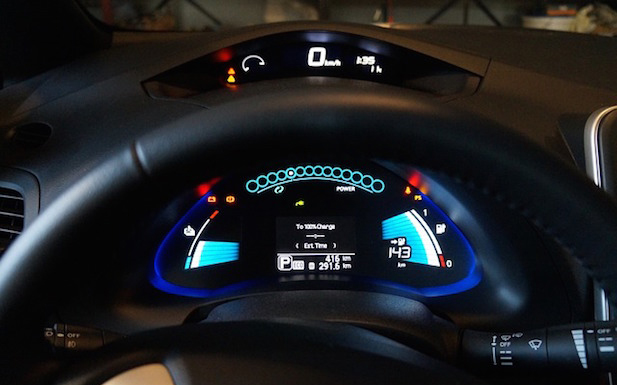HERE is working with global automotive companies to standardise the format in which in-vehicle sensors data is transmitted to the cloud.
The former mapping arm of Nokia aims to establish a working group on “sensor ingestion standardisation”, which it said would make the process of aggregating and analysing vehicle sensor data by the cloud more efficient.
A standardised format would also ensure data from various vendors’ sensors is transmitted consistently, HERE explained.
Following a forum event in Germany, HERE has now entered an agreement with 16 automotive companies, system vendors and suppliers to define a common specification for in-vehicle sensor data.
The group will reconvene and establish a formal working group in the coming weeks, HERE said.
Ronald Hain, Head of Backend Development at German automotive manufacturer Continental, said: “As more connected vehicles come to market, Continental looks forward to participating in the industry’s effort to define how vehicle sensor data gets transmitted and processed.
“This is important for Continental’s eHorizon project where we merge data from different car makers in a backend. The discussions at this forum were incredibly robust, key issues to address were identified – such as how to transmit accurate sensor information given that every OEM will have different sensors on board – and I believe we now have a solid foundation for our work ahead.”
HERE also cited findings by research firm SBD that claimed that over 30 million connected cars will be sold annually by 2020.
Dietmar Rabel, Head of Product Management for the Automated Driving Program at HERE, said: “The ability to transmit in real-time sensor data across different vehicles on the road requires deep industrywide collaboration. But when we do, the result should be fewer accidents and more efficient journeys, as well as moving the industry closer to its aspiration for cars that can fully understand their environment and drive themselves.


